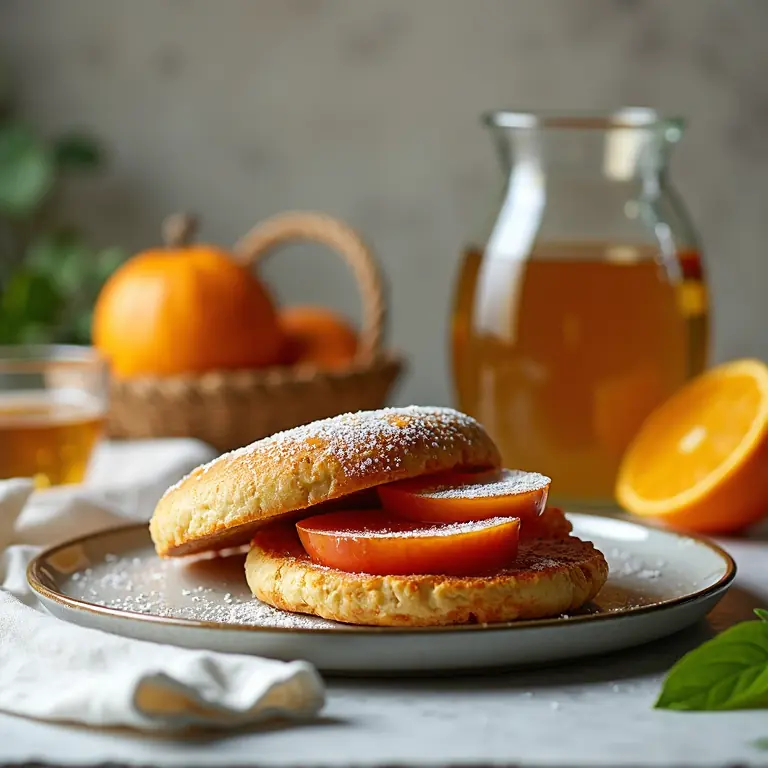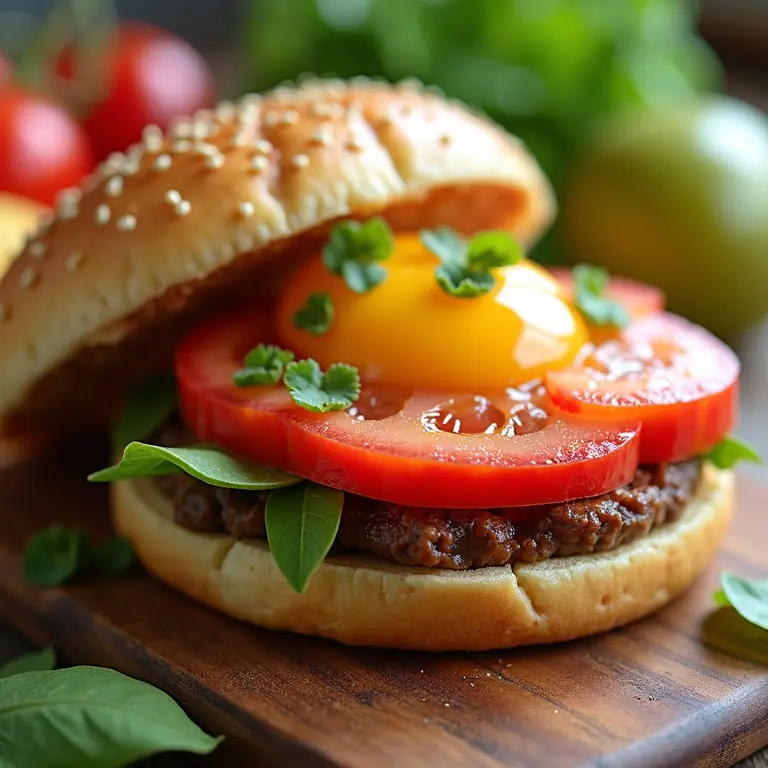Conquer Your Camera: A Beginner’s Guide to Food Photography
Food photography. It’s everywhere! From Instagram feeds bursting with vibrant dishes to cookbooks that make your mouth water, a beautiful food photo can tell a story and evoke emotion. But you don’t need expensive equipment or years of experience to create stunning images. This guide is designed for beginners, taking you from understanding the basics to styling your shots like a pro. Let’s embark on this delicious journey together!
Part 1: Understanding the Fundamentals
1.1. The Camera – You Don’t Need the Most Expensive!
Many beginners believe they need a top-of-the-line DSLR or mirrorless camera to get started. While those cameras offer more control and flexibility, you can absolutely create beautiful food photos with a smartphone or an entry-level camera. The most important thing isn’t the equipment, it’s understanding how to use it. Smartphones have come a long way, boasting impressive camera capabilities. If you’re starting with a phone, familiarize yourself with its camera settings – many allow manual control over exposure, focus, and even white balance. For those using a dedicated camera, don’t get bogged down in all the technical specs initially. Focus on learning the core settings (we’ll get to those shortly!).
1.2. The Exposure Triangle: Aperture, Shutter Speed, and ISO
These three settings work together to determine the brightness (exposure) of your photo. Understanding how they interact is crucial. Think of them as ingredients in a recipe; adjust one, and you’ll likely need to adjust the others to maintain a balanced result.
- Aperture: This controls the size of the lens opening. A wider aperture (lower f-number, like f/2.8) lets in more light, creating a shallow depth of field – meaning only a small part of the image is in focus, blurring the background. This is great for isolating a single element of your dish. A narrower aperture (higher f-number, like f/8) lets in less light and keeps more of the image in focus.
- Shutter Speed: This determines how long the camera’s sensor is exposed to light. A faster shutter speed (like 1/250th of a second) freezes motion, while a slower shutter speed (like 1/30th of a second) allows more light in but can result in motion blur. For food photography, you generally want to avoid blur, so a faster shutter speed is often preferable.
- ISO: This measures the sensitivity of the camera’s sensor to light. A lower ISO (like 100) produces a cleaner image but requires more light. A higher ISO (like 3200) allows you to shoot in darker conditions but can introduce noise (grain) into the image. Keep your ISO as low as possible to maintain image quality.
Practice Tip: Experiment with different combinations of these settings. Shoot the same scene with varying apertures, shutter speeds, and ISOs to see how they affect the final image.
1.3. White Balance: Getting the Colors Right
White balance ensures that colors are rendered accurately in your photo. Different light sources (sunlight, incandescent bulbs, fluorescent lights) have different color temperatures. Incorrect white balance can result in photos that look too warm (yellowish) or too cool (bluish). Most cameras have automatic white balance settings, but learning to adjust it manually will give you more control. Look for a “Kelvin” scale setting and experiment with different values to achieve the desired look.
Part 2: Setting Up Your Food Photography Studio (It Doesn’t Have to Be Fancy!)
2.1. Lighting: The Most Important Element
Good lighting is the single most important factor in food photography. Natural light is generally the most flattering, but it can be unpredictable. Here’s how to work with it:
- Diffuse Light: Avoid direct sunlight, which creates harsh shadows. Instead, shoot near a window with sheer curtains or use a diffuser (a translucent material) to soften the light.
- Side Lighting: Position your subject to the side of the window to create depth and texture.
- Reflectors: Use a reflector (a white board, a piece of aluminum foil, or a dedicated reflector) to bounce light back onto your subject, filling in shadows.
If you’re shooting indoors without enough natural light, you can use artificial lighting. Softboxes and umbrellas can help diffuse the light and create a more natural look. Avoid using on-camera flash, which often produces harsh and unflattering results. Consider investing in a simple lighting kit if you plan to shoot frequently indoors.
Here’s a helpful video on mastering your camera settings:

2.2. Backgrounds & Surfaces: Setting the Scene
The background and surface you choose can significantly impact the overall look of your photo. Consider these options:
- Neutral Surfaces: Wood surfaces, marble slabs, and linen tablecloths provide a clean and timeless look.
- Colored Backgrounds: Use colored paper or fabric to create a mood or complement the colors in your dish.
- Texture: Add texture with rustic wood, weathered metal, or patterned fabrics.
Keep the background uncluttered and avoid distractions. The focus should be on the food!
2.3. Props: Adding Storytelling Elements
Props can add context and personality to your photos. Think about the story you want to tell. Are you showcasing a cozy breakfast? Add a mug of coffee and a newspaper. Are you highlighting a healthy salad? Include fresh ingredients and a linen napkin. Don’t overdo it – a few well-chosen props are more effective than a cluttered scene.
Part 3: Styling Your Food for the Camera
3.1. Plating & Arrangement: The Art of Presentation
How you plate your food is crucial. Think about composition – how the elements are arranged within the frame.
- Rule of Thirds: Divide the frame into nine equal parts with two horizontal and two vertical lines. Place key elements along these lines or at their intersections to create a more balanced and visually appealing composition.
- Leading Lines: Use lines (e.g., the edge of a plate, a row of ingredients) to guide the viewer’s eye towards the subject.
- Negative Space: Leave some empty space around the subject to create a sense of balance and allow the eye to rest.
Don’t be afraid to experiment with different arrangements. Take multiple shots from different angles to find the most flattering perspective.
3.2. Garnishing & Finishing Touches: The Details Matter
Garnishes can add color, texture, and visual interest to your photos. Use fresh herbs, spices, sauces, or edible flowers. A sprinkle of flaky sea salt or a drizzle of olive oil can also elevate the look of your dish. Pay attention to the details – wipe away any spills or crumbs and ensure that the food looks fresh and appealing.
3.3. Making Food Look Its Best: Tricks of the Trade
Sometimes, food needs a little help to look its best on camera. Here are a few tips:

- Ice Cubes: Add ice cubes to drinks to prevent condensation from appearing too quickly.
- Vegetable Oil: Brush a thin layer of vegetable oil onto bread or pastries to make them look more shiny and appetizing.
- Steam: Create steam by gently warming the food with a heat gun or using a steaming pot off-camera.
- Fresh Herbs: Revive wilted herbs by soaking them in ice water for 15-20 minutes.
Part 4: Editing Your Photos
4.1. Software Options: From Mobile Apps to Desktop Programs
Editing is an essential part of the food photography process. It allows you to fine-tune the colors, exposure, and sharpness of your images. There are many editing options available, ranging from free mobile apps to professional desktop programs.
- Mobile Apps: Snapseed, VSCO, and Lightroom Mobile are excellent options for editing on the go.
- Desktop Programs: Adobe Lightroom and Adobe Photoshop are industry-standard programs that offer more advanced editing capabilities.
4.2. Basic Editing Adjustments: Exposure, Contrast, and Color
Here are some basic editing adjustments you should make:
- Exposure: Adjust the overall brightness of the image.
- Contrast: Increase the difference between the highlights and shadows to make the image more dynamic.
- Highlights & Shadows: Fine-tune the brightness of the highlights and shadows individually.
- White Balance: Correct any color casts.
- Saturation & Vibrance: Adjust the intensity of the colors.
- Sharpening: Enhance the details in the image.
Don’t overdo the editing – the goal is to enhance the natural beauty of the food, not to create something unrealistic.
4.3. Developing Your Editing Style: Consistency is Key
Over time, you’ll develop your own unique editing style. Consistency is key – use the same presets or adjustments for all your photos to create a cohesive look. Experiment with different styles until you find one that you love.
Part 5: Continuous Learning & Inspiration
5.1. Seeking Inspiration: Following Food Photographers
Look at the work of other food photographers for inspiration. Browse Instagram, Pinterest, and food blogs to see what’s trending. Pay attention to the lighting, styling, and editing techniques they use. Don’t copy their work, but use it as a springboard for your own creativity.
5.2. Practice Makes Perfect: Shooting Regularly
The more you practice, the better you’ll become. Set aside time each week to shoot food photos, even if it’s just for fun. Experiment with different techniques and don’t be afraid to make mistakes. Every mistake is a learning opportunity.
5.3. Expanding Your Skills: Workshops & Online Resources
Consider taking a food photography workshop or online course to learn more advanced techniques. There are many excellent resources available online, including tutorials, articles, and forums. Continuously learning and challenging yourself will help you grow as a photographer.
If you’re looking to improve other skills, you might enjoy this guide to active communication, or perhaps explore a new hobby like visible mending. And for a relaxing project, consider furniture refinishing.
Food photography is a rewarding and creative pursuit. With practice, patience, and a passion for food, you can create stunning images that will tantalize the taste buds and capture the hearts of your audience. So grab your camera, get cooking, and start shooting!


Discussion about this post